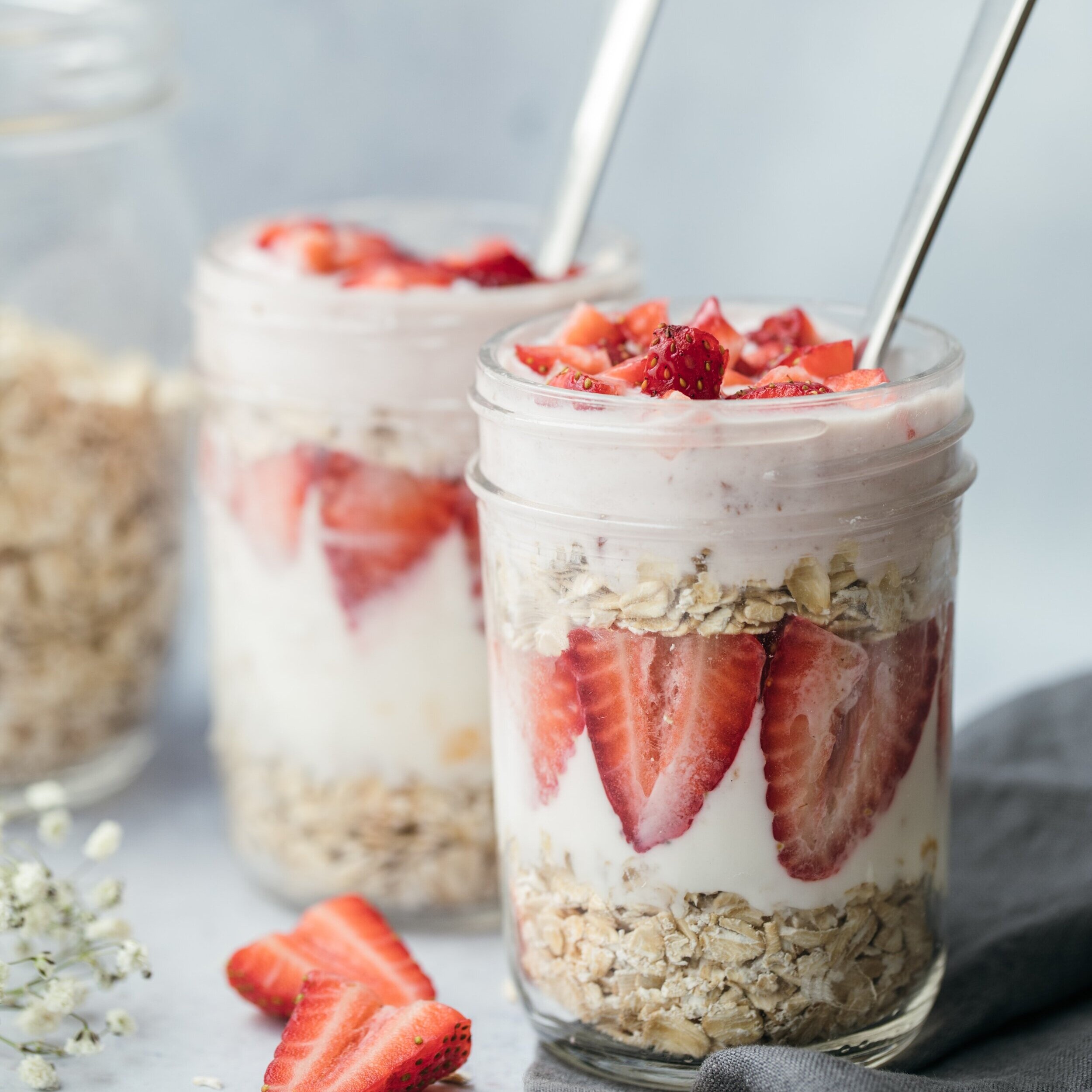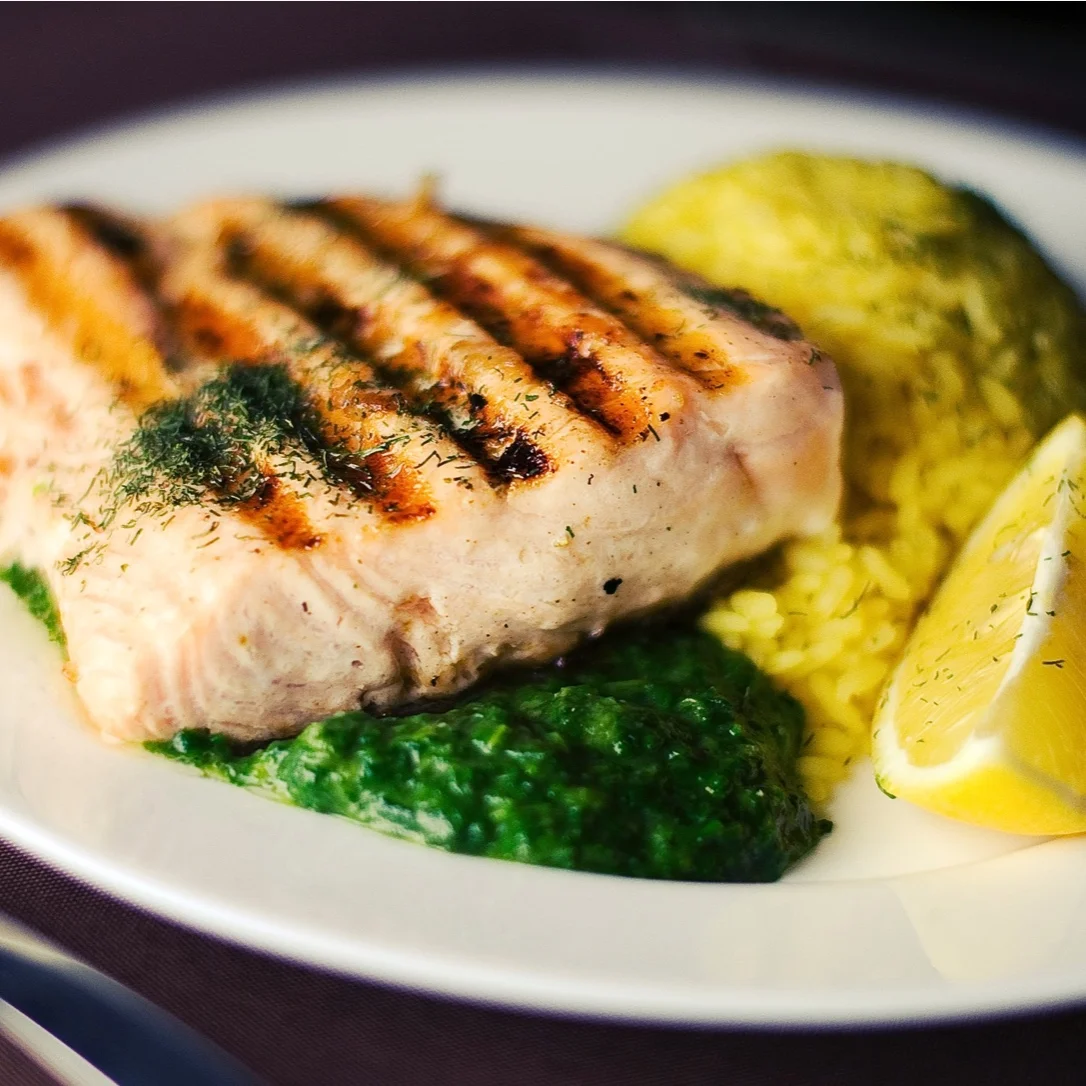Misconceptions about the Vegan Diet
by AYESHA PARIKH
When I tell people that I am a vegan, I’m always met with the expression that asks, “Why would you do that to yourself?” My response to this is simple: it's really not as bad as you think. When people think vegan, they conjure up an image of an expensive and troublesome diet that limits you to plain and boring salad bowls. However, a vegan diet can be very versatile and in many ways, beneficial for your health. In this article, you will discover what is true about being on a vegan diet, and what are merely myths.
Misconception 1: Eating vegan is expensive
Many people perceive the vegan diet as being expensive, but the difference in price usually comes down to the protein you choose to eat in your meals. Tofu and lentils are common substitutes for protein, and tend to be much more inexpensive. In fact, the cost of chicken breast is roughly double the cost of lentils–$5 vs $2.50 per pound [1].
The affordability of the vegan diet may be called into question when talking about specialty plant-based proteins, however. Beans, tofu, and lentils are inexpensive, but mock meats such as veggie dogs, patties, and nuggets can certainly cost more, running from $6 to $9 at an average grocery store. These specialty items may be a good option if you are feeling fancy, or are simply craving the taste and texture of real meat, especially if you have just recently transitioned to the vegan diet.
Eating inexpensive plant-based sources does not mean eliminating fun and tasty dishes from your diet. For example, while dairy is a common ingredient in cooking and baking, there are plenty of plant-based options to choose from, depending on your taste and budget. Plant-based milks, such as almond milk, oat milk, and soy milk tend to fall in a range between $2 and $6 based on how many ounces you get. Soy milk is the cheapest option, usually falling at $3.99 for half a gallon [2].
Typical staples in the vegan diet include sweet potatoes for carbs, avocado for fats, and beans for protein. A pound of dried beans typically costs $1.99; a 3 pound bag of yams runs between $2 and $3; avocados are about $1.25 each [5]. This goes to say that you don't need a lot of extra money to eat plant-based!
what does this mean?
Even if you are a college student on a budget, it doesn’t mean that you cannot be vegan.
Misconception 2: Vegans are nutrition-deficient
Although vegans wipe out an entire section of the food pyramid from their diets, it does not mean that they are deprived of vital nutrients. There are tremendous health benefits to switching to a plant-based diet, some of which include a lower risk of obesity, diabetes and cardiovascular diseases. In fact, vegan diets are generally rich in fiber, protein, and antioxidants. Fiber promotes gut health by fueling the good bacteria in the colon; protein from plant-based sources ensures a lower intake of saturated fat, and thereby decreasing the risk of diabetes and cardiovascular diseases; antioxidants from fruits and vegetables can protect cells against certain types of cancer [3].
When people think calcium, the first thing that comes to mind is milk. But plant-based foods also provide the same, if not more calcium needed for the average diet. For example, almonds, oranges, and green beans are rich in calcium, which is not only essential to bone health, but also important in maintaining a healthy nervous system [4]. And if you are really craving milk, there are plant-based alternatives that are fortified with calcium and other vitamins like A, D, and B12 too [4].
In terms of protein, your go-to foods are tofu, lentils, beans, quinoa, oatmeal, and many more! [4] These plant-based sources are jam-packed with protein, a macronutrient crucial to preserving bones, muscles, and tissues.
Nevertheless, it is important to note that plant-based sources tend to have less of iron and vitamin B12. Heme iron, the type of iron that is readily absorbed by the body, is found in animal foods originally containing hemoglobin, namely red meats. Nonheme iron, on the other hand, can be found in plant-based foods like tofu, spinach, beans, and a variety of nuts and seeds. However, because nonheme iron is absorbed less efficiently than heme iron, it is important to consume larger quantities of iron-rich plant foods to prevent the risk of iron-deficiency anemia. On another note, vitamin B12 is only found in poultry, meat, fish and dairy products, and plays an important role in red blood cell formation, DNA production, and nerve function. Therefore, it is recommended that vegans and vegetarians take B12 supplements.
what does this mean?
By having a sense of awareness of your daily nutrient intake, you can very feasibly adopt a nutrient-dense plant-based diet. You might, however, need to pay special attention to your iron and vitamin B12 intake.
Misconception 3: All vegans are healthy
People who have just recently transitioned to a plant-based diet tend to grasp the opportunity to try foods that they have never had before. For some people, this means indulging in plant-based junk foods such as burgers, fries, cheeses, doughnuts, and ice cream.
Many vegan foods are high in refined sugars and trans fats. In fact, a “low-fat”, “reduced fat”, or “fat-free” food item is likely to contain even more sugar in order to compensate for the loss of flavor. The added sugar is often present in the form of high fructose corn syrup, which, as you probably have heard, can be very damaging to your liver and body. Excess sugar and unhealthy fats can also trigger increased risk of obesity and even cardiovascular diseases. [6] Therefore, while plant-based diets are generally perceived to be healthy, highly processed vegan junk food, like any other junk food, should only be consumed in moderation.
what does this mean?
The variety of vegan food on the market is endless, especially with the booming plant-based movement virtually creating a vegan substitute for any food item you are craving. While this has provided a greater incentive for meat-lovers to go plant-based, the growth of vegan specialty products also means an increase in chemically processed vegan food. Thus, whether or not you are vegan, it is always a good idea to cut back on highly processed foods, and opt for a kind of diet that is abundant in whole foods.
Bonus: Vegan recipe
One of my personal favorites is a recipe for Poblano and Portobello Fajitas by Minimalist Baker. [7] This recipe is packed full of wholesome nutrients, and most of the ingredients are even interchangeable depending on the veggies you have on hand! See? Eating vegan can really be cheap, easy, and nutritious.
Ingredients
1 Tbsp (15 ml) olive or coconut oil
1 poblano pepper, seeds removed and thinly sliced
2 bell peppers, seeds removed and thinly sliced
1 jalapeño, seeds removed and thinly sliced
1 yellow or white onion, cut into thin rounds
2 large or 4 baby portobello mushrooms, stems removed, wiped clean and thinly sliced
2 ripe avocados
juice of 1/2 lime
sea salt, cumin, & garlic powder
optional: 1 tsp A1 steak sauce (for mushrooms)
6 small flour or corn tortillas
optional: fresh red onion, hot sauce, cilantro, salsa
Instructions
Heat a large skillet and a medium skillet over medium-high heat. Once hot add a dash of olive or coconut oil to the large skillet, then the onion and peppers. Season generously with salt, cumin and garlic powder.
Cook until softened and slightly caramelized, stirring often. Set aside and cover to keep warm.
At the same time, add a dash of oil to the medium pan. Then add the mushrooms. Season with a bit of salt and once softened and brown (see photo), add a dash of A1 (vegan-friendly) for more flavor (optional). Remove from heat, set aside and cover.
Prepare guacamole by adding two avocados to a bowl then adding the juice of half a lime and a generous pinch of salt. Fresh cilantro and onion are optional.
Warm tortillas in the microwave or oven and you’re ready to go. Serve tortillas with peppers and onions, mushrooms, guacamole, and any other toppings you desire such as salsa, hot sauce, and cheese or sour cream (for non-vegan).
So, are you ready to give the vegan diet a try?
References
1. “It Pays to Be Vegan.” peta.org. (2009).
2. “Try Vegan Milk Alternatives.” peta2.com. (2017).
3. “Common Misconceptions of Nutrition on a Vegan Diet.” theminimalistvegan.com. (2015).
4. “Top 5 Vegan Diet Myths Debunked!” onegreenplanet.org. (2014).
5. “Vegan Food Is So (Not) Expensive.” plantbasednews.org. (2016).
6. “The Truth About Sugar.” webmd.com. (2011).
7. “Poblano and Portobello Fajitas.” minimalistbaker.com. (2013).









